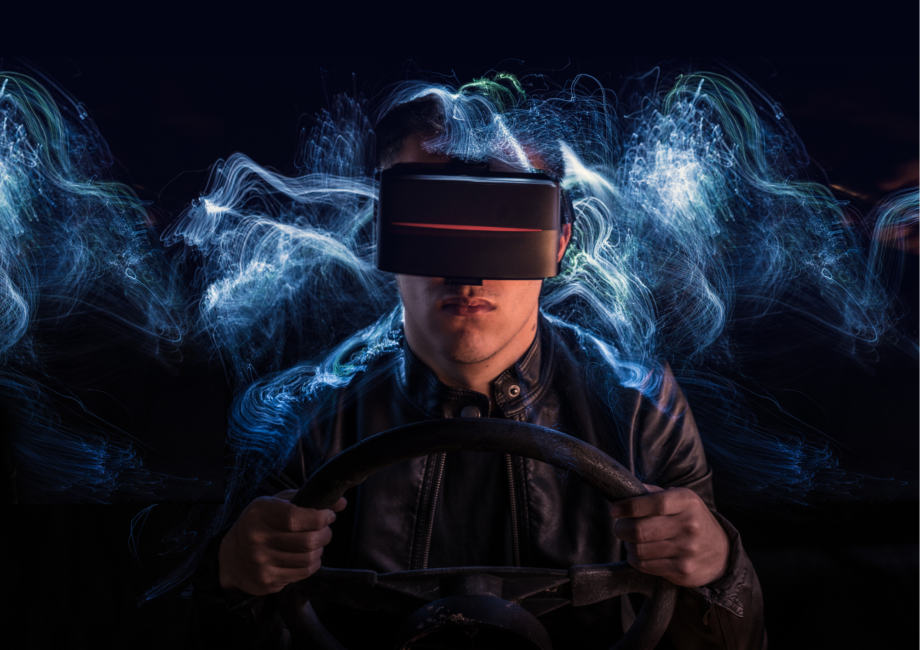It is easy to imagine how the revolution of Xtended Reality – XR – technologies will make the border between the real world and the virtual world labile.
In the immediate future, it is effortless to conceive how Virtual Reality -VR- will speed up, becoming lighter and cheaper and, how both Augmented Reality – AR- and VR will become more fluid and usable, everywhere especially thanks to the evolution of smartphones and 5G.
An important element in the development of these technologies is certainly the Lidar, which, to date, is present in tools such as the iPhone 12 or the iPad allowing the creation of a 3D map of the surrounding environment, providing AR creations with a greater sense of depth, instead of making them look like flat images. It then allows occlusion, which is the point where a real object blocks the view of an AR object, providing greater realism.
Following, VR headsets will become smaller, lighter and more functional: the inclusion of eye tracking, for example, allows the system to focus the best resolution on the portion of the image observed by the user, reducing delays and problems such as nausea.
New accessories will then enrich the XR experience: an example comes from the wearable robotic boots created by Ekto VR which match your movement in the headset providing the sensation of walking. In addition, soon we will also have full-body haptic suits, which even if they already exist today, they still not very convenient for VR experiences. Soon, they will most likely grow more inexpensive, popular, and successful over time, delivering another step forward for VR.
Beyond these external accessories, features, and devices, XR technology will soon merge more smoothly with the human body. Today, for example, AR glasses will certainly improve in the future, become soon obsolete as the contact AR lenses will develop more. Studies about this kind of lenses are already being undertaken by Mojo Vision, which inserts information into the wearer’s eyes via a micro-LED display. Their uses would be very extensive and would range from improved eyesight, health monitoring, the viewing of text messages and weather bulletins
By the end, despite some dystopian views about these technologies, there is no doubt that the XR will turn information into experiences, making many aspects of life richer and more fulfilling, hiding enormous potential and benefits not only for individuals but also for businesses. In fact, XR offers enormous potential for driving business both by developing immersive training solutions or enhancing business processes such as manufacturing and maintenance trial and externally, by developing their relationship with customers, providing them with innovative solutions to their problems and engaging them deeply.


